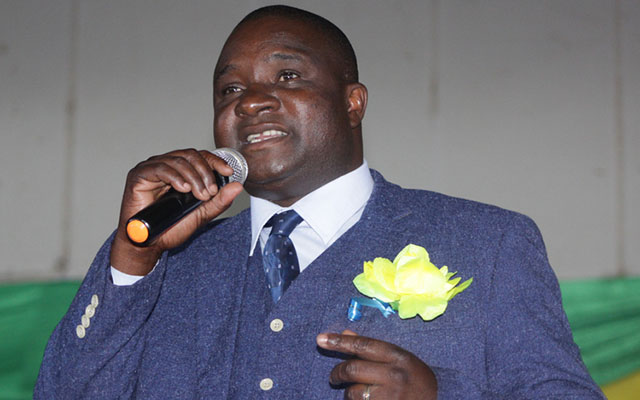Eskom seeks 19,9pc tariff hike

ESKOM’s application for a 19,9 percent increase effectively means municipal customers could end up paying up to 28 percent more for power in July next year.
Regulator Nersa yesterday gave the power utility the green light to hold hearings on the viability of such an increase. Eskom wants to raise its total allowable revenue to R219,5 billion, which means it needs a 19,9 percent increase.
The looming threat to consumers comes after Nersa approved a consultation process for Eskom’s 2018 /19 revenue application.
The regulator approved Eskom’s request to submit a revenue application for a single year for the period April 1, 2018, to March 31, 2019. Eskom’s third multi-year price determination cycle comes to an end on March 31 2018.
Clawback tariffs
Eskom’s current request comes on top of its pursuit of up to R60 billion in delayed clawback tariffs, after the Constitutional Court dismissed an application to set aside the power utility’s regulatory clearing account (RCA) adjustments. Three years of delayed tariffs have to be recovered by the state utility as a result of the hold-up of the case.
Earlier, energy analyst Chris Yell and told Fin24 that the 19,9 percent on top of clawback tariffs could potentially bring Eskom’s overall tariff hike to a shocking 53 percent.
Hearings for the 19,9 percent tariff hikes are be scheduled for September, October and December, after which Nersa will rule if the increase will be allowed.
Eskom implemented Nersa’s decision of an average 2,2 percent tariff increase for the 2017 /18 financial year in June.
Critics say Eskom’s hike could be a burden that will break consumers. Opponents will be sure to point out the crushing effect it will have on a vulnerable public still dealing with the fallout of the technical recession.
‘Increases were below inflation’
In its application documents, which reveal some of Eskom’s finances, the state utility said its revenue application caters for a needed increase in 2018 /19, after the regulator maintained its revenue decision made in 2013 for the 2017 /18 year, where it approved the total allowable revenue of R205 billion.
“The allowed revenue resulted in an average increase of 2,2 percent due to the base adjustments made in the preceding years,” Eskom said.
Eskom said it believed the 2,2 percent average increase resulted in consumers receiving an effective decrease in electricity prices, in a situation where costs to produce the electricity were increasing.
“Inflation related increases were not catered for,” it stated. The state utility explained there would be a marked jump in electricity prices in the 2018 /19 year, partly due to the increases from an artificially low base which would not allow for the smoothing of price increases.
“It would have a compounding effect over a number of years.”
Eskom expects an income of R206,2 billion from tariffs if its application succeeds. Its average tariff is expected to rise from 89c per kWh to R1.07 per kWh if the 19,9 percent increase is granted.
Lower electricity sales
But the fact that it is selling less power was once again brought to the fore when it admitted its forecast indicated that it could only sell 192 953 GWh, as opposed to sales of 223 217 GWh in the last year.
Eskom said its standard tariff revenue is expected to increase by R7,26 billion, which equates to a revenue increase of 3,6 percent from Nersa’s ruling for the 2017 /18 year. But because the revenue will be recouped from a lower sales volume than expected, the overall price increase required is 19,9 percent for 2018 /19, Eskom explained.
It said a major contributor to the price increase is balancing its sales volumes to make up for decreased sales accommodating independent power producers, which Eskom said would have a 5,5 percent price impact.
Eskom also said 46 percent of the operating cost is attributable to employee benefits, with maintenance taking up 29 percent of the costs and other costs 25 percent. It admitted that efficiencies could be gained if it downsized, but still kept critical skills. — News24.











Comments